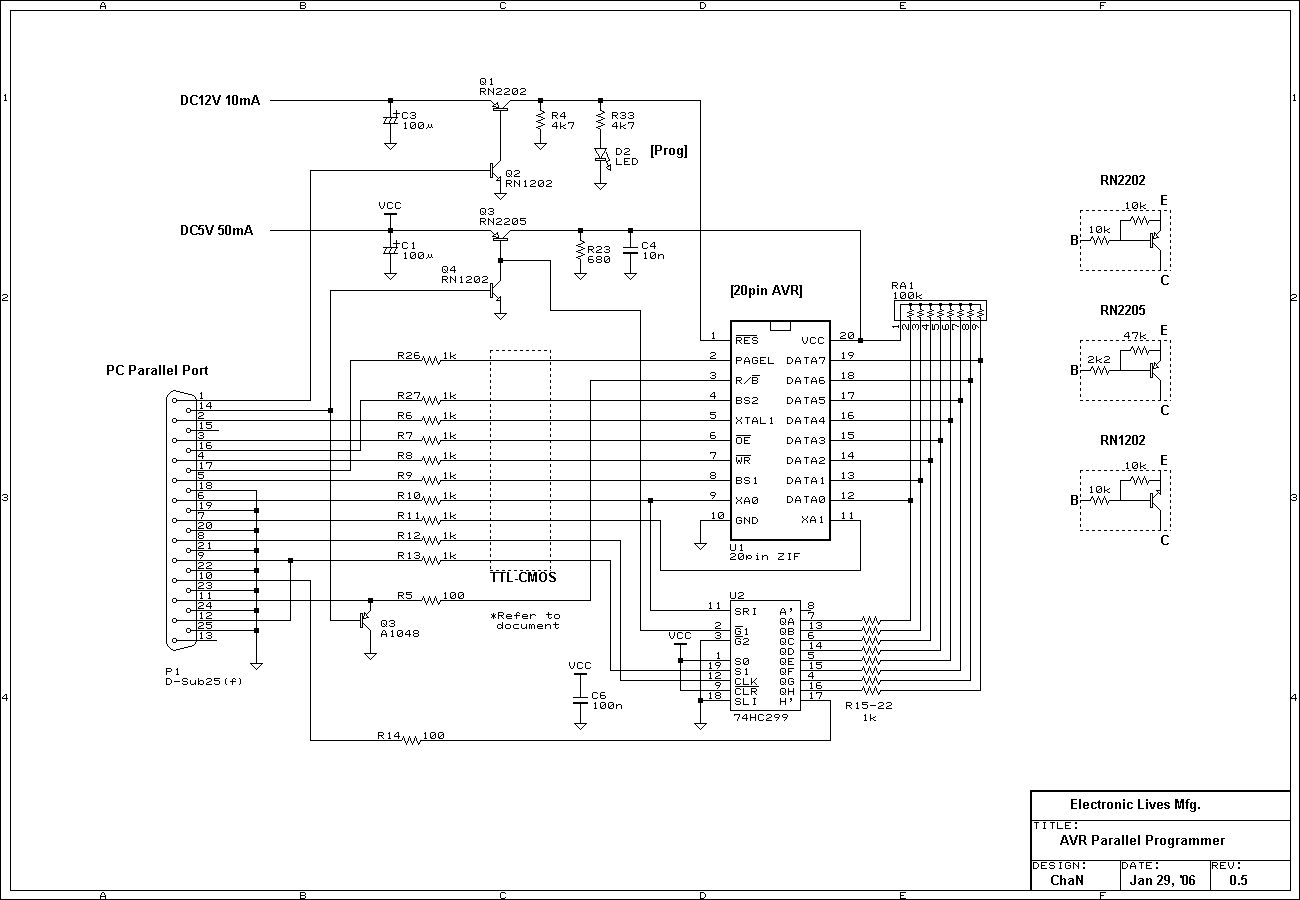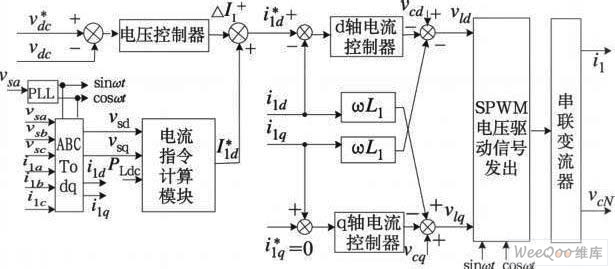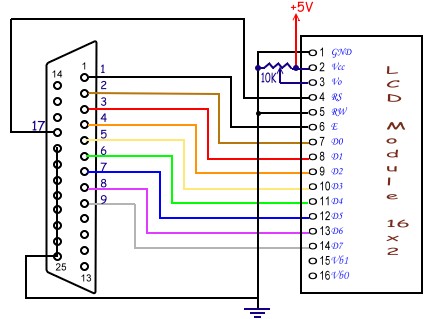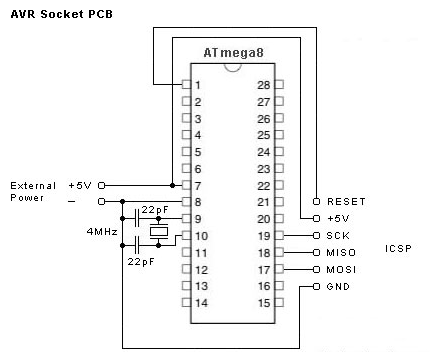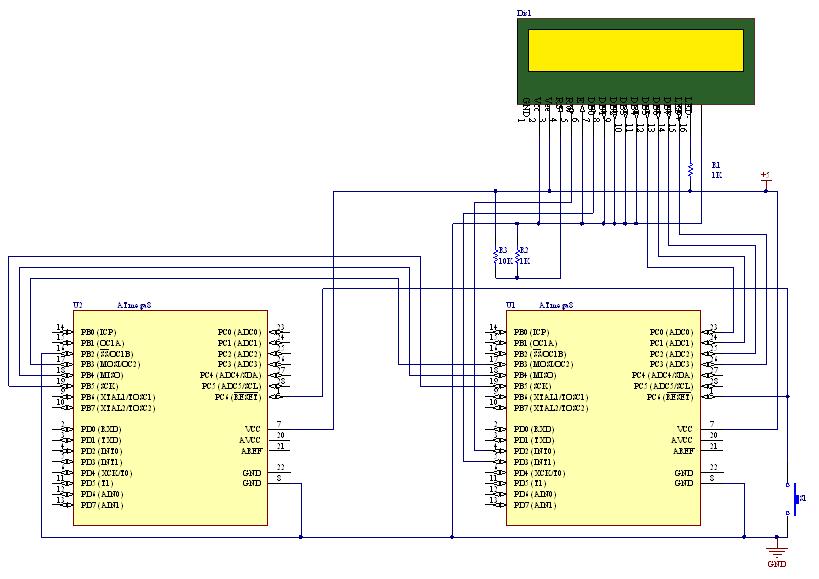
avr parallel programmer 5
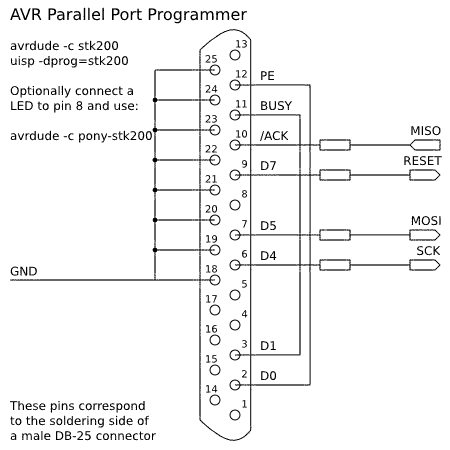
The primary advantage of this programmer is its capability to safeguard both the target device and the PC from unexpected voltages when either side is powered down. The buffers utilized are open-drain, with each buffer connected to the Vcc of the receiving side. The MC74LCX07 operates within a voltage range of 2.0 to 5.5V. Furthermore, this programmer uniquely allows the PC and the target to operate at different supply voltages, making it ideal for interfacing 3.3V microprocessors with a 5V PC. The avrdude configuration entry is available. Important considerations include the values of series resistors R1 and R4. If the pull-up resistor on the reset line of the microcontroller is too low, the reset line may not be sufficiently pulled low when activated by the programmer. The same applies to the MISO line on the PC side, where R4 pulls down against a pull-up resistor, necessitating that the voltage at the port pin be low enough to register a logic "0" when driven by the programmer. Building this unit was particularly challenging due to the SO14 package; however, it has proven to be the preferred programmer for AVR devices. It operates as quickly as other parallel programmers, offers enhanced safety, and has demonstrated 100% reliability. There are considerations for creating a dedicated circuit board for this design rather than attempting to fit it into a compact housing.
The described programmer circuit employs open-drain buffers to effectively manage voltage levels between different devices. Open-drain configurations allow for interfacing between devices operating at different logic levels without damaging them, which is critical in mixed-voltage environments. The MC74LCX07 buffer is suitable for this application due to its wide operating voltage range, accommodating various microcontrollers and PCs.
When designing the circuit, special attention should be given to the series resistors R1 and R4. R1 is typically placed in series with the reset line to limit the current and protect the microcontroller from excessive voltage when the programmer is engaged. The value of R1 must be chosen carefully to ensure that the reset line can be pulled low adequately; otherwise, the microcontroller may not reset as intended.
R4, on the other hand, interacts with the MISO (Master In Slave Out) line on the PC side. This resistor must be configured to ensure that the voltage at the port pin can drop low enough to represent a logic "0" when the programmer asserts the line. The balance between pull-up and pull-down resistors is crucial for maintaining proper logic levels and ensuring reliable communication between the PC and the target device.
Given the challenges associated with the SO14 package, which is compact and can be difficult to handle, it is advisable to design a dedicated printed circuit board (PCB) for this programmer. A PCB will provide a stable platform for the components, minimize signal integrity issues, and simplify connections, ultimately enhancing the overall reliability and performance of the programmer. The design should include adequate decoupling capacitors near the power pins of the MC74LCX07 to ensure stable operation across varying load conditions.
In summary, this programmer is a robust solution for interfacing between different voltage levels in microcontroller applications, with careful consideration of resistor values and PCB design contributing to its reliability and performance.The chief advantage of this programmer is its ability to protect both the target and the PC from odd voltages when one side is powered off. The buffers are open-drain, and each is pulled up to the Vcc of the receiving party. The MC74LCX07 has an operating Vcc rating of 2. 0 to 5. 5V. In addition, this programmer is the only buffered programmer that allows the PC and the target to operate at different power supply voltages. Great for working with 3. 3V microprocessors on a 5V PC. The avrdude config entry is: Things to look out for are the values of series resistors R1 and R4. If the pullup resistor on the reset line of the microcontroller is of a low enough value, the reset line may not go low enough when pulled low by the programmer. The same is true for the MISO line on the PC side. R4 is pulling down against a pullup, and the voltage at the port pin must be low enough to make a logic "0" when pulled by the programmer.
This one was very difficult for me to build, due to the SO14 package, but I think it is my programmer of choice for AVR`s. It is as fast as the other parallel programmers, safer than any, and so far, 100% reliable. Perhaps I`ll do a circuit board and rebuild this one (and not try to cram it into a headshell). 🔗 External reference
The described programmer circuit employs open-drain buffers to effectively manage voltage levels between different devices. Open-drain configurations allow for interfacing between devices operating at different logic levels without damaging them, which is critical in mixed-voltage environments. The MC74LCX07 buffer is suitable for this application due to its wide operating voltage range, accommodating various microcontrollers and PCs.
When designing the circuit, special attention should be given to the series resistors R1 and R4. R1 is typically placed in series with the reset line to limit the current and protect the microcontroller from excessive voltage when the programmer is engaged. The value of R1 must be chosen carefully to ensure that the reset line can be pulled low adequately; otherwise, the microcontroller may not reset as intended.
R4, on the other hand, interacts with the MISO (Master In Slave Out) line on the PC side. This resistor must be configured to ensure that the voltage at the port pin can drop low enough to represent a logic "0" when the programmer asserts the line. The balance between pull-up and pull-down resistors is crucial for maintaining proper logic levels and ensuring reliable communication between the PC and the target device.
Given the challenges associated with the SO14 package, which is compact and can be difficult to handle, it is advisable to design a dedicated printed circuit board (PCB) for this programmer. A PCB will provide a stable platform for the components, minimize signal integrity issues, and simplify connections, ultimately enhancing the overall reliability and performance of the programmer. The design should include adequate decoupling capacitors near the power pins of the MC74LCX07 to ensure stable operation across varying load conditions.
In summary, this programmer is a robust solution for interfacing between different voltage levels in microcontroller applications, with careful consideration of resistor values and PCB design contributing to its reliability and performance.The chief advantage of this programmer is its ability to protect both the target and the PC from odd voltages when one side is powered off. The buffers are open-drain, and each is pulled up to the Vcc of the receiving party. The MC74LCX07 has an operating Vcc rating of 2. 0 to 5. 5V. In addition, this programmer is the only buffered programmer that allows the PC and the target to operate at different power supply voltages. Great for working with 3. 3V microprocessors on a 5V PC. The avrdude config entry is: Things to look out for are the values of series resistors R1 and R4. If the pullup resistor on the reset line of the microcontroller is of a low enough value, the reset line may not go low enough when pulled low by the programmer. The same is true for the MISO line on the PC side. R4 is pulling down against a pullup, and the voltage at the port pin must be low enough to make a logic "0" when pulled by the programmer.
This one was very difficult for me to build, due to the SO14 package, but I think it is my programmer of choice for AVR`s. It is as fast as the other parallel programmers, safer than any, and so far, 100% reliable. Perhaps I`ll do a circuit board and rebuild this one (and not try to cram it into a headshell). 🔗 External reference
Warning: include(partials/cookie-banner.php): Failed to open stream: Permission denied in /var/www/html/nextgr/view-circuit.php on line 713
Warning: include(): Failed opening 'partials/cookie-banner.php' for inclusion (include_path='.:/usr/share/php') in /var/www/html/nextgr/view-circuit.php on line 713
